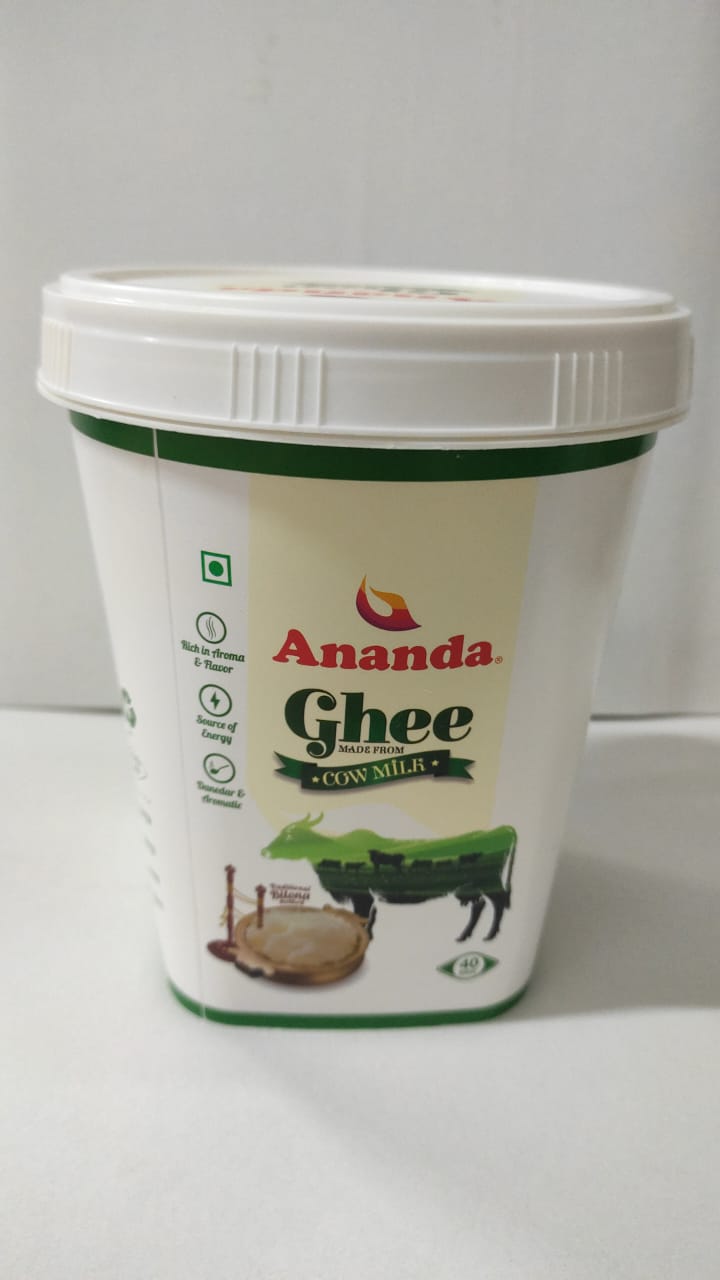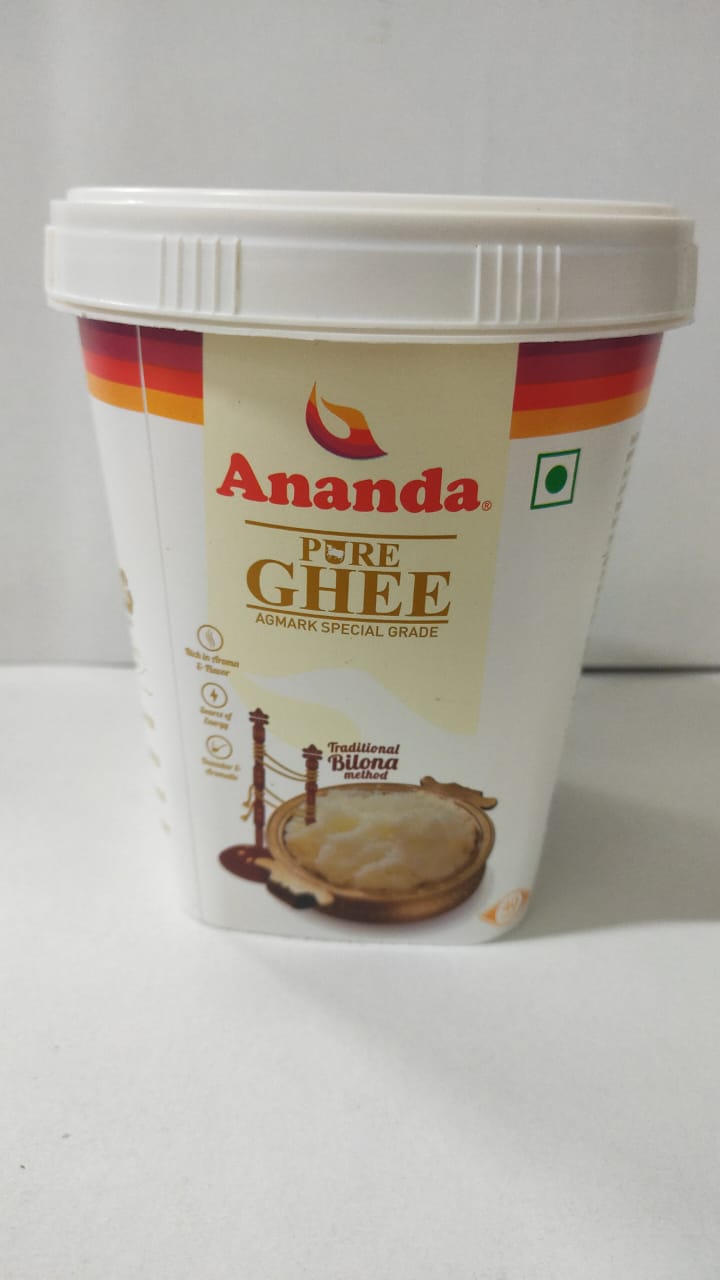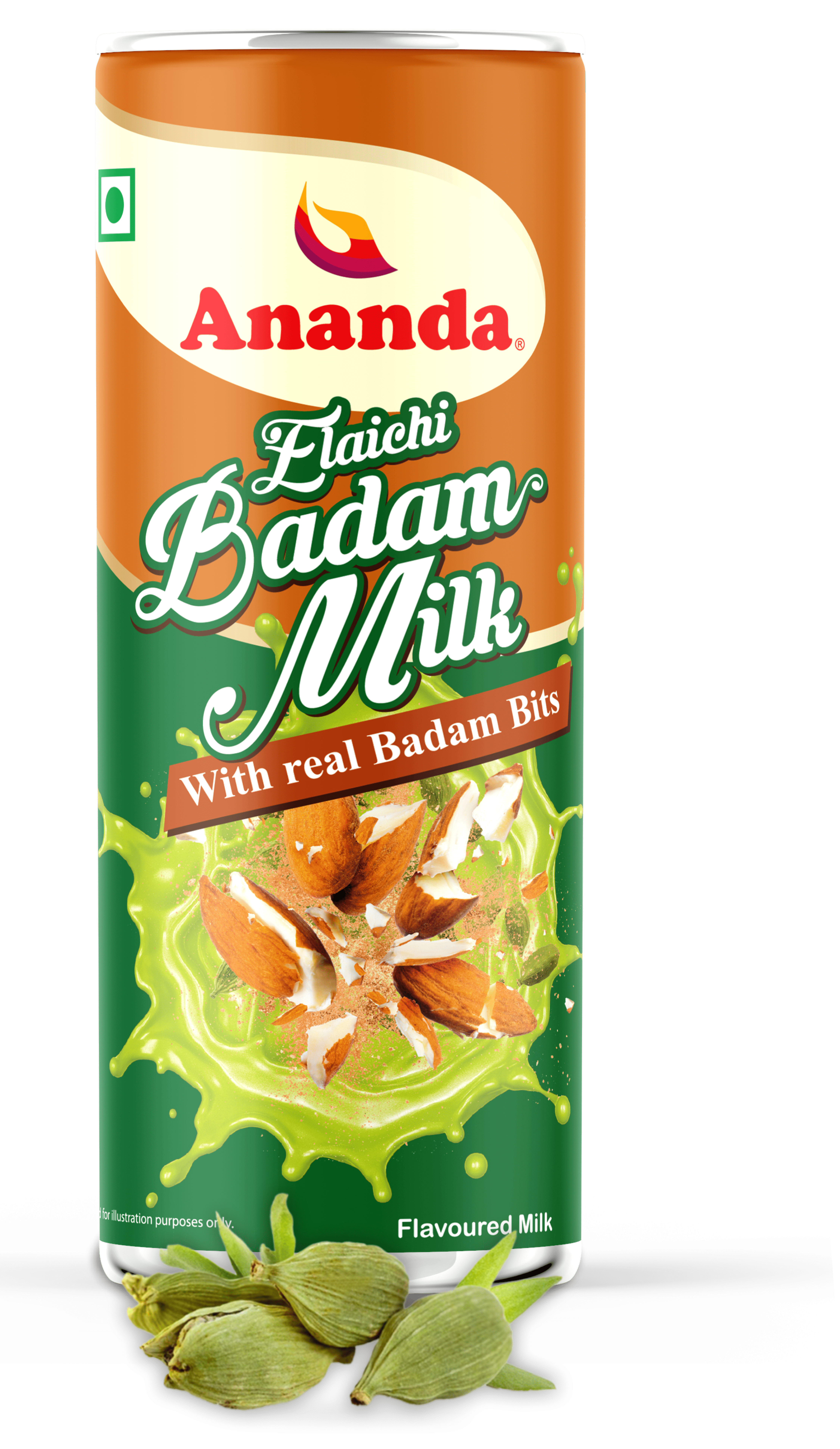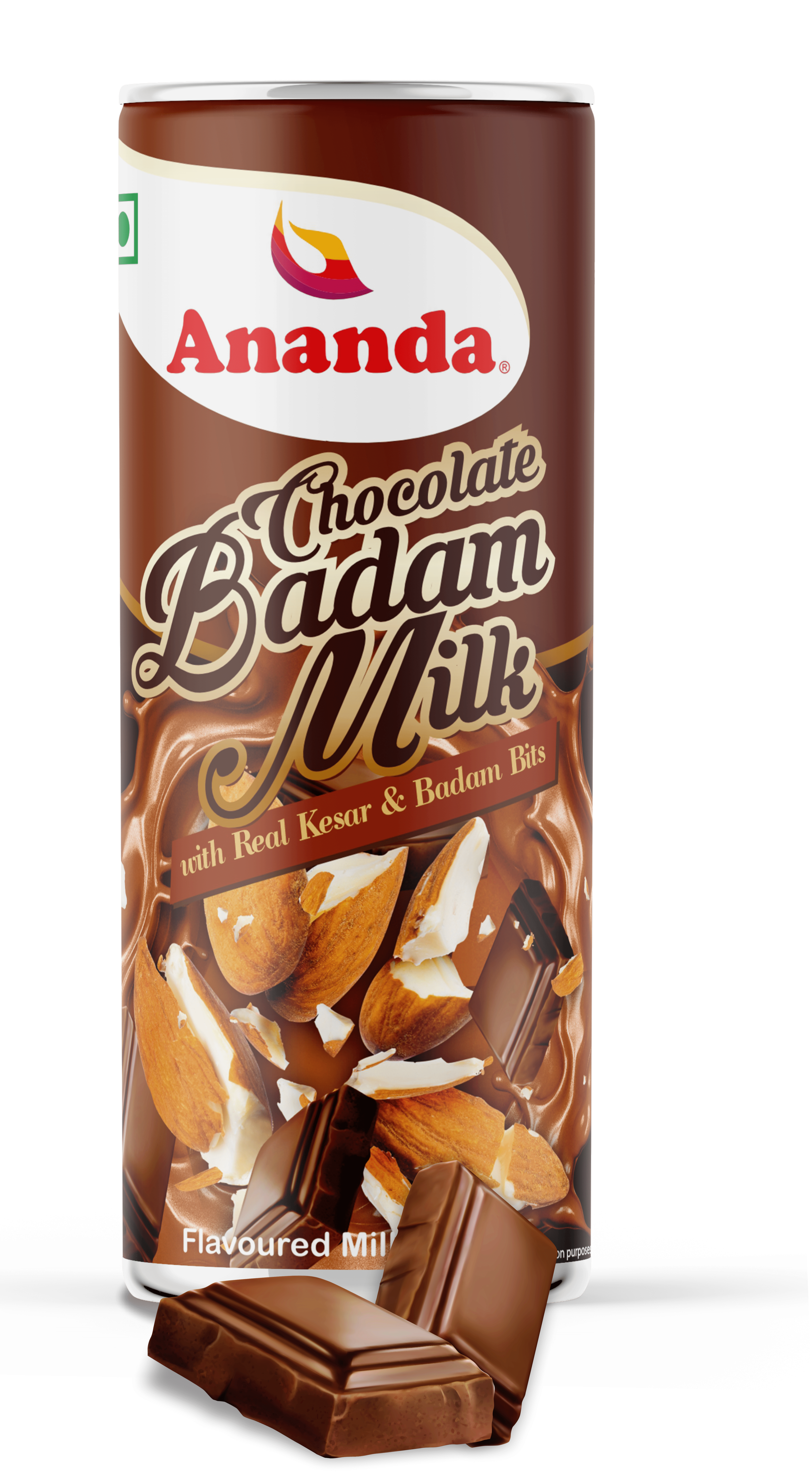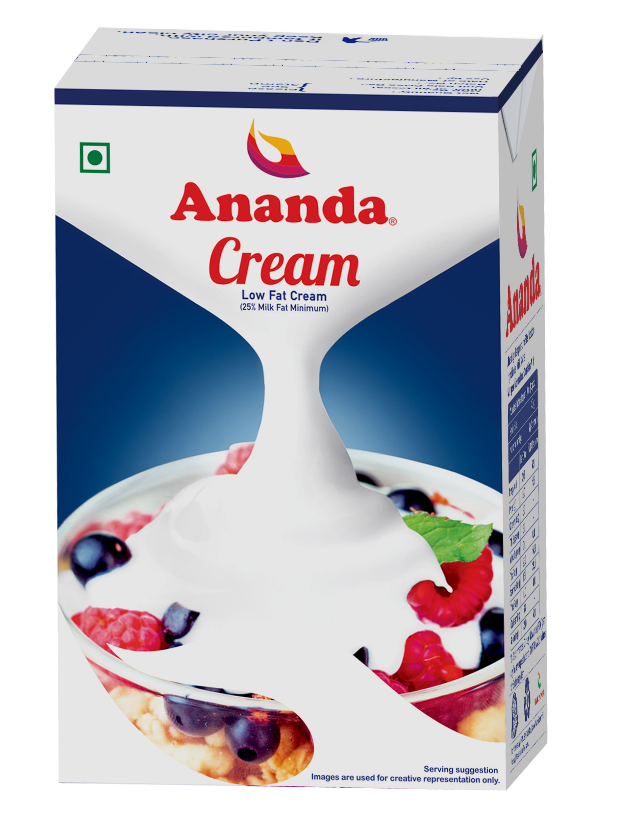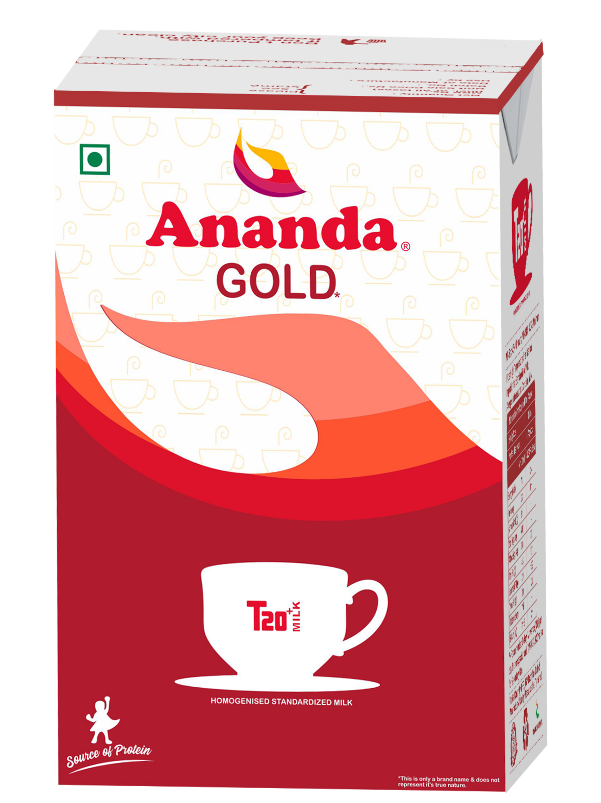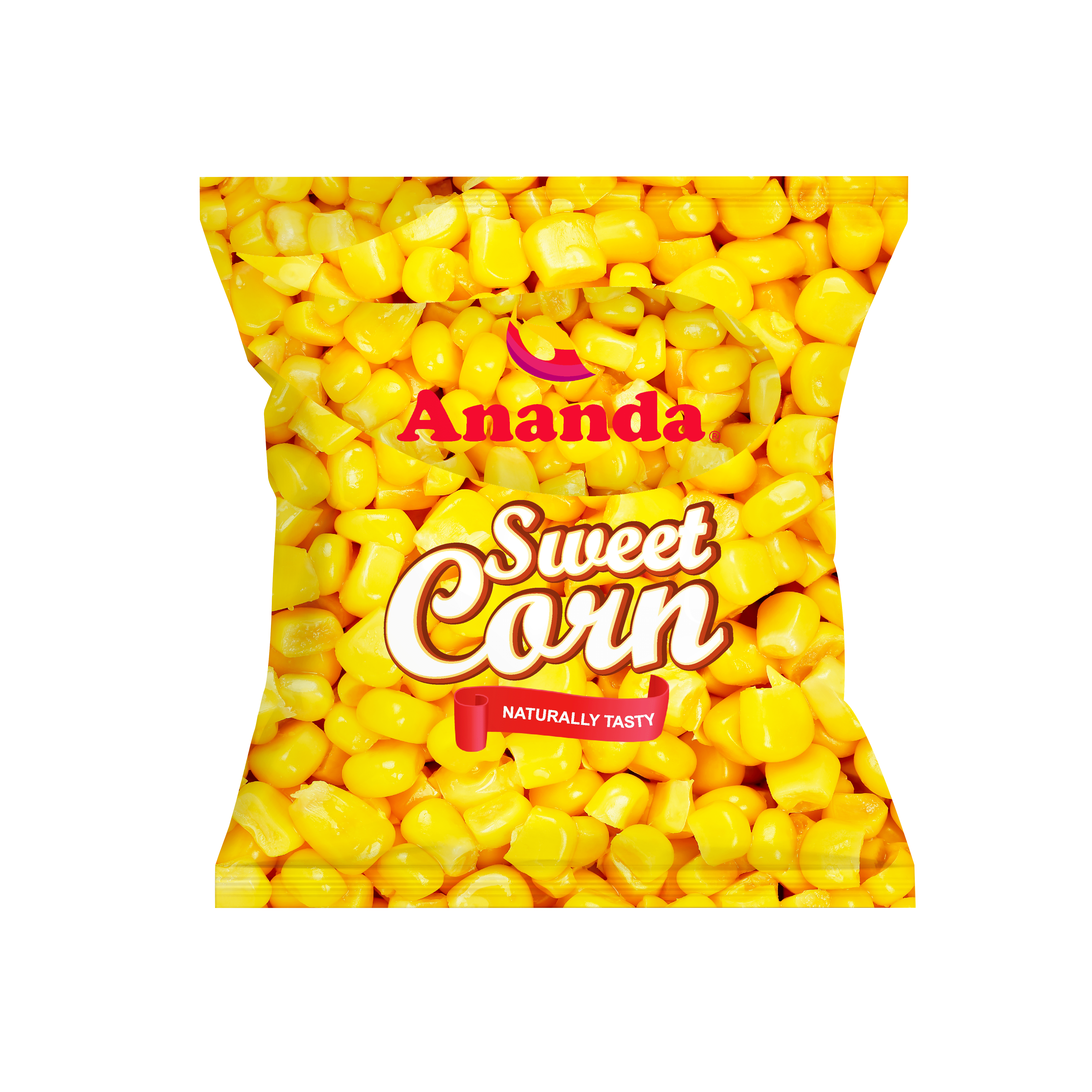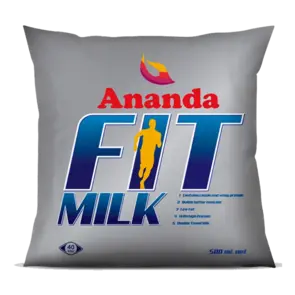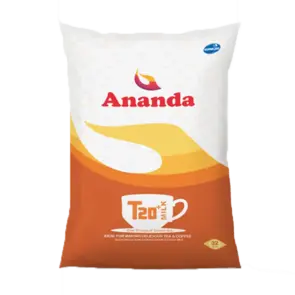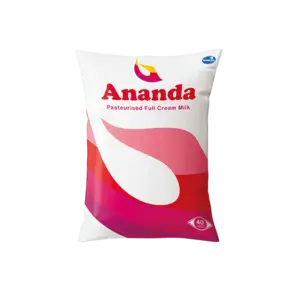The Sweet Sensation: Paneer Jalebi and Its Cultural Significance
Jalebi has long been the evergreen favorite of North Indians. Any celebration seems incomplete without jalebis, as when people buy sweets for festivals, jalebi is always on the list of many. Since jalebi is a weakness everyone shares, it has become a part of our culture. But like everything, jalebis have also undergone some changes. As the saying goes, changes bring something good and bad. This is also the case with Jalebi. Much experimentation has been done with jalebis.
The ingredients used in jalebis have been altered. The reasons may differ for different people. While people no wonder have a sweet tooth, they do want something unique. In that sequence of things, khoya and paneer have also been tried as ingredients. The latter 0has given birth to a delightful recipe called paneer jalebi.

Origin of Jalebi
Jalebi might sound like a Hindi word, but the origin of the word is Persian. It is derived from zalabiya, a dessert popular in the Middle East. This dessert made its advent into India, most probably through the Parsis, who introduced it to our culture. Parsis landed in Gujarat, so jalebi is still a popular dish in this state. Nowadays, when sweet cravings knock the belly, people often find themselves placing meethaiyaan online orders and relishing jalebi with fafda, a fried, crispy, crunchy snack.
Adoption of Jalebi in the Indian Sub-Continent
The adoption of jalebis in the Indian sub-continent took several centuries. In the medieval times, it was known by names like jalavallika, kundalika, and more. Eventually, it became known as jalebi, a variant of the original name. The dish finds a mention in Sanskrit and Jain texts also. It is now eaten across the country on occasions like weddings and even in the form of prasadam at temples. The dish is particularly popular among children because it is incredibly sweet. The trend of eating this sweet dish with kachori is a custom on Independence Day, along with flying kites. A much-loved combination among food enthusiasts is Rabri and Jalebi. The combination makes Jalebi even more mouth-watering and has become part of many Diwali Mithai gift boxes.
The Preparation
The recipe of jalebi might look simple, but many intricacies are involved, making preparing an authentic dish difficult. First, the cone used to pour the batter in the form of coils is made of special cloth. A small hole is made in the cloth and stitched so that appropriate pressure is applied and the batter flows smoothly and in the right thickness. This will make the jalebis thin and crisp. A wide-mouthed shallow pan is used for making jalebis. The batter for making jalebis has to be of the right consistency.
The sugar syrup used for dipping fried swirls of batter is also prepared, keeping in mind the fact that it shouldn’t be too light or too heavy. Testing the consistency of the syrup before dipping the coils is necessary.
Experiments with Jalebi
Regional variants of jalebi appeared in medieval times. These variants appeared to satiate the different tastes of people. Jalebi is made with dry fruits and khowa in Hyderabad and Bhopal. In Bengal, paneer is used as an ingredient, and the recipe is called chhanarjilipi. In Indore, it is called Jaleba. The popularity of jalebi has reached the southern states also where it is called jalebi.
Imarti is a variant that looks and tastes like jalebi except that it has a flower-like shape, unlike the chaotic swirls of jalebis. Imarti is prepared with a batter made with grounded urad dal.
How Did Paneer Give a Twist to the Ubiquitous Jalebi?
Usually, people prefer Jalebi occasionally, as the use of refined flour or maida has made it even more unpopular among the health-conscious. Food lovers have tried making it with whole wheat but without much success. Cottage cheese or fresh chena was never tried. And nobody bothered to give it a try. However, top brands realised that with paneer, a twist could be given to this ubiquitous dish. Paneer, as we know, is quite nutritious with many health benefits. Apart from having a high protein content, it provides instant energy to us.
The Recipe for Making Paneer Jalebi
Making the dish requires a lot of patience, and one needs to follow the instructions very closely. Care must be taken to ensure that the paneer is mashed properly before mixing it with the maida batter. Having the right batter is the most important thing; it should have the right consistency. While the normal way of making jalebi is dipping it directly into the sugar syrup paneer, jalebi needs to be cooled down and then dipped into the sugar syrup. Owing to its popularity, people nowadays include paneer jalebi in the Diwali mithai gift box for their friends and relatives.
Conclusion
Jalebi, a beloved North Indian sweet, has evolved with time, introducing new ingredients like khoya and paneer. Health-conscious choices led to paneer jalebi, offering a nutritious twist with its high protein paneer ingredient. Commercial food processors have modernised production, ensuring uniformity and consistency. Today, technology optimises the process while preserving jalebi’s beloved taste and texture, offering a delightful sweet for festivals and special occasions for generations.


